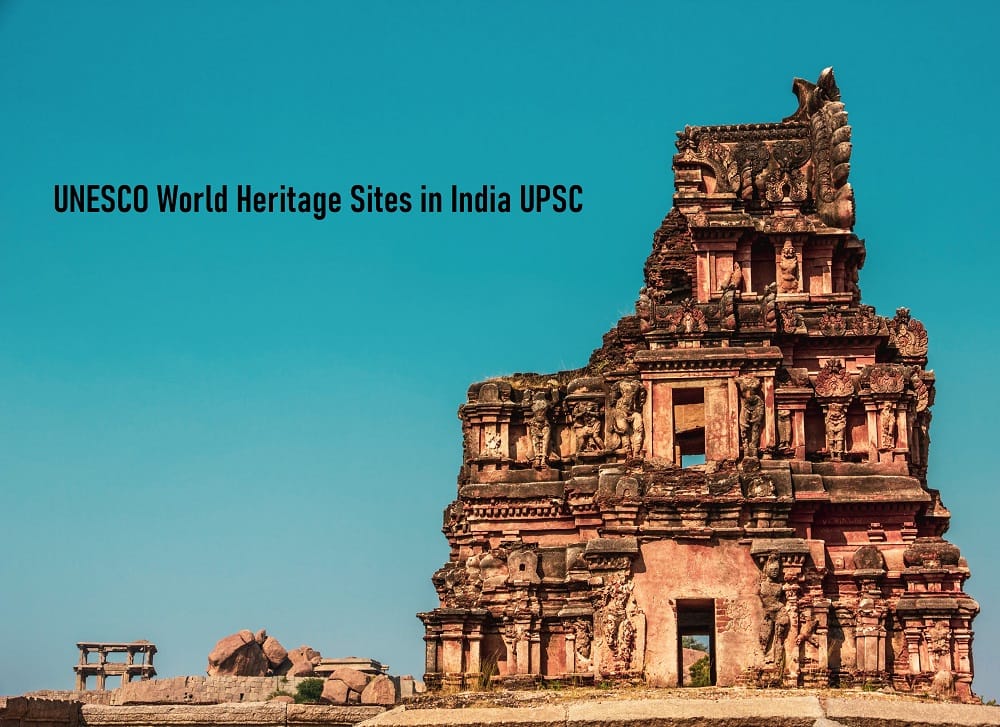Introduction to UNESCO World Heritage Sites in India:
UNESCO World Heritage Sites, known or recognized by United National Educational, Scientific, and cultural organizations is an outstanding value to humankind. The major aim of UNESCO has always been looking after these natural or cultural UNESCO World Heritage Sites of India, conserving and maintaining it for the upcoming generations. UNESCO World Heritage Sites defines the beauty of India. In the competitive exams conducted by UPSC, questions on World Heritage sites are a must.
There are 30 Cultural and 7 Natural UNESCO World Heritage Sites in India. Let’s look forward to all the World Heritage Sites one by one.
Let’s know about the 7 Natural UNESCO World Heritage Sites in India:
- Kaziranga National Park
Kaziranga National Park is located in Assam and covers 42,996 hectares. Since 2007, it was declared as a tiger reserve and it has an area 1,030 sq km with a core area of 430 sq km. Talking about International Status it was declared as UNESCO World Heritage Site in 1985 and known as an Important Bird Area by BirdLife International.
What are the important species found over there?
- The place has been famous for 4 species one-horned rhinos in the world, royal Bengal tiger, Asiatic water buffalo, and elephants.
- According to a survey, Kaziranga had yielded 2,413 rhinos and 1,100 elephants.
- With 103 tigers, Kaziranga ranks the third position after Jim Corbett National Park in Uttarakhand and Bandipur National work in Karnataka.
- It is also a home of 9-14 species of primates found in the Indian Subcontinent.
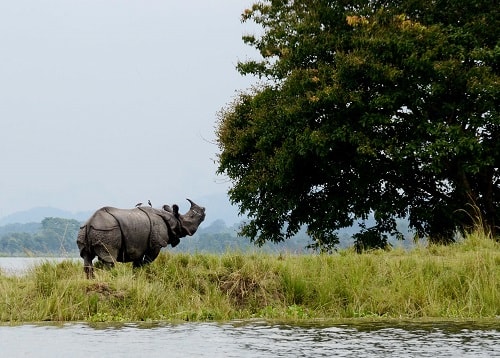
- Keoladeo Ghana National Park

Keoladeo Ghana National Park with an area of 29 sq km is known as one of the world’s most important world breeding and feeding grounds. Originated as royal hunting in the 1850s, being home to more than 370 species of birds and animals such as basking python, painted storks, deer, nilgai, and more. It offers treks that can be covered on foot, cycle or the best way can be hiring a rickshaw. It also provides a boat trip on hiring early in the morning or late evening allowing the people to see a beautiful scene. Binocular is a must for watching the birds.
- Manas Wildlife Sanctuary
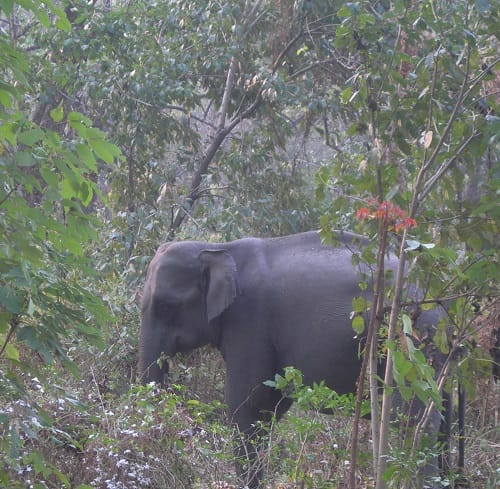
Also known as the Kamrup Sanctuary, Manas Wildlife Sanctuary is at the foot of the Himalayas on the eastern bank of manas river. In 1985, it was appointed as a UNESCO World Heritage Site in India. It has an area of 200 miles and lies in a dense, mixed semi-evergreen deciduous forest region. Manas Wildlife Sanctuary has been known for great Indian rhinoceros, elephants, bison’s, deer, tigers, golden langurs, black bears, and wild pigs.
- Nanda Devi National Park
Who doesn’t love looking at flowers? This place gives a beautiful scenery of different colorful flowers. In August and September, the valley looks the prettiest. The most important ones are ferns, dwarf iris, dwarf larkspur, dwarf rhododendrons, primula, blue poppies, and also shrubs, orchids, and plant in beautiful shades. The place was discovered in 1931. In 1988, it was elected as a UNESCO World Heritage Sites.
- Sundarbans National Park
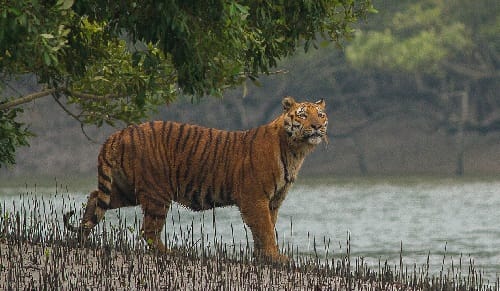
Welcome to the land of tigers, the Sundarban park was established on 4th May 1984 and was became a Wildlife Sanctuary in 1977. It has an area of 10,000 sq. km and enjoys being the largest mangrove forest in the world. It is the delta of two Indian rivers, Ganga and Brahmaputra. The whole area is famous for Royal Bengal Tigers. The name Sundarbans is named after Sundari trees.
The correct time to visit this place with the natural beauty of mangroves is May and September. The winter months give an amazing view of the sun-bathing on the river banks of the amazing Royal Bengal Tigers. Along with the tigers, you would get to see Macaques, Indian Grey Mongoose, Leopard Cats, Ridley Sea Turtle, Wild Boar, Jungle Cat, Fox, Flying Fox, Pangolin, and many others.
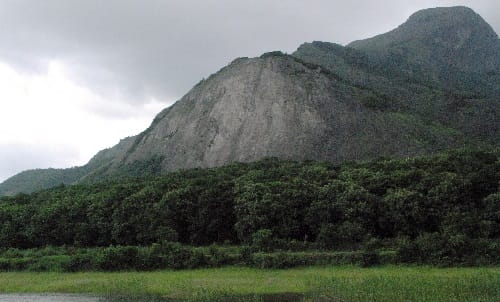
Western ghats being famous for large mammals are filled with 17% of Panthera Tigers and 30% of Asian Elephants. The place is not only limited to mammals but is famous for its multiplicity of ecosystems. It starts from evergreen forests to montane grasslands along with resources such as fruit, spices, and grains. Western ghats are filled with more than 30% of all plants, fish, birds, and mammals.
The eastern Nilgiri Ghat with an area of 12000 sq. km is famous for elephants and has more than 6000 elephants. Not only that but its also famous for Gaur, Sambar, and Tiger. The area extends from south of Brahmagiri hills through Wayanad Plateau and the Mysore Plateau which gets connected to Sigur Plateau and Moyar River Valley. The southern western ghats with an area of 7000 sq. km are famous for the best forest cover like the wet evergreen forests and sholas in the higher elevations.
- Great Himalayan National Park,
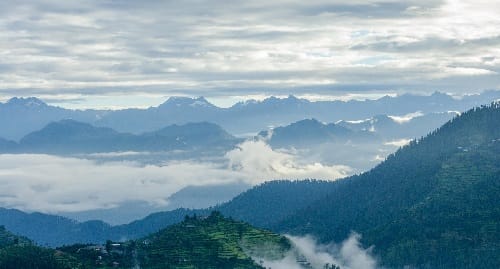
Covering an area of 754.4 sq. km, it’s a tribute to the natives, to the way they have protected the forest and never let it lose its beauty. Be it medical plants, meadows, rivers, or anything that the forest has given is still now in its same original way with proper care given to it by the people around them.
In the present times, where the world has been so cruel, this place still stands in its position. The natives never took anything more from the forest. They never misused it and gave proper care and attention to it. We all hope that the place remains the same so that the upcoming generations can also see this beauty.
Now, let’s talk about the
Cultural UNESCO World Heritage Site in India.
- Agra Fort:
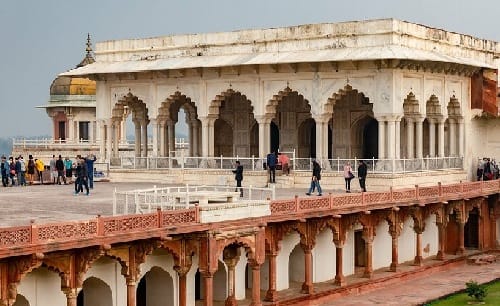
The city of Agra is known for the pride of our country The Taj Mahal, but besides this colossal structure what else makes this place special and historic? The Agra fort stands tall holding the eternal history of the nation. The fort was built by Akbar in 1573, it was the main residence for Mughals. Standing at every corner of the fort gives an alluring view.
It has been a fort captured by numerous Mughal emperors since 1500. In the year 1983, the UNESCO admitted this prime Mughal residence in the world heritage site. The fort is a magnificent example of architectural art and a must visit the place with your family and friends.
- Ajanta Caves
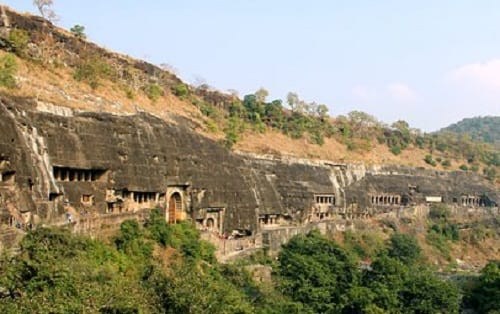
The state of Maharashtra is a trove of historical treasures and heritage, one such UNESCO World Heritage Sites in India is the masterpiece of Buddhist art, the Ajanta caves. The cave was built 800 years ago, but the construction is split into two main series of caves 200 BCE and the other finished around 600 CE.
This massive rock face in Maharashtra is filled with ornate frescoes. The heritage site has 30 caves to which five are prayer hall and the rest is the monastery. The UNESCO admitted this historic masterpiece in 1983 to the world heritage site. A must visit place for historic bugs.
- Nalanda
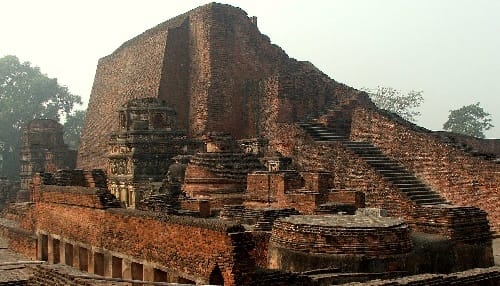
The Nalanda Mahavira site is in the state of Bihar. This UNESCO World Heritage Sites in India was once the hub of learning and saw monks and students coming from all around the world. It was the world’s first international university with 2000 teachers and 10000 monks. The history of Nalanda is well preserved in Nalanda archaeological museum and Nalanda multimedia museum. In 2016 UNESCO admitted this epitome of knowledge in the world heritage site.
- Buddhist Monument at Sanchi
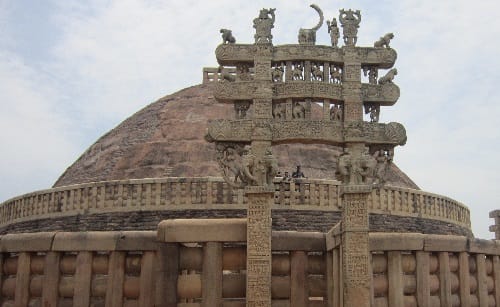
The historic monument is located in the north of Bhopal, Madhya Pradesh on a small hilltop. The history of this structure is described as when emperor Ashoka embraced Buddhism in 250 BC. He established the great stupa hereafter the redistribution of mortal remains of lord buddha for erecting several stupas all around the world to establish Buddhism. In the year 1989 UNESCO admitted this monument to the world heritage site.
- Great Living Chola Temples
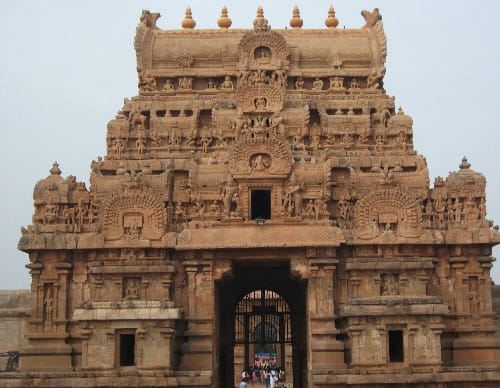
The place deserves a significance stamp from United Nations agency thanks to the wonder it’s. somebody would simply keep look the wonder. it’s the presence of 3 temples, the Brihadisvara temple at Thanjavur and Gangaikondacholisvaram, and Airavatesvara Temple at Darasuram that has the presence of twenty four m vimana and a stone image of shiva.
The temples ar notable thanks to their excellence in design, sculpture, painting, and bronze casting attracts major attention towards it.
- Group of Monuments at Hampi
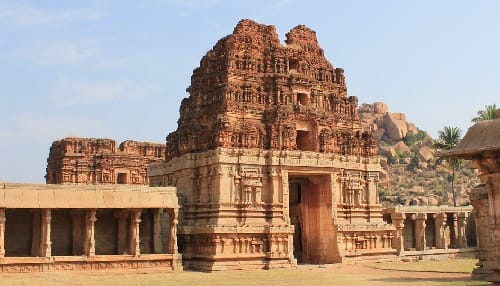
UNESCO World Heritage Sites in India, this isHindu Kingdom of Vijayanagar. In the 14th and 16th centuries, the Dravidian Temples and Palaces especially attracted the viewers. The city before being abandoned was conquered by the Deccan Confederacy in 1565.
- Group of Monuments at Mahabalipuram
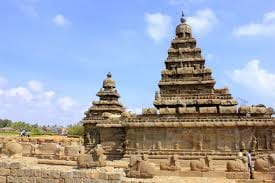
The cluster of Monuments at Mahabalipuram in the state was based on Pallava King comes majorly in the 30th cultural UNESCO World Heritage Sites in India. The Temple within the style of chariots and cave sanctuaries, immense outside reliefs Descent of the Ganges River. Not solely that it’s conjointly notable for its temple of Rivage that has thousands of sculptures of shiva that attract the foremost attention. The year of notification is 1986.
- Group of Monuments at Pattadakal
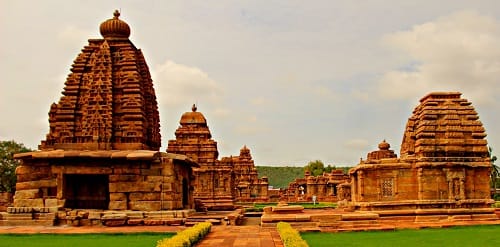
The cluster of Monuments at Pattadakal in Mysore consists of mixed bailiwick forms from northern and southern Asian nation. it’s notable for the presence of nine Hindu temples and a Jainist sanctuary. Majorly, it’s been notable for a masterpiece designed by queen lokamahadevi for her husband’s conclusion over the kings of the south within the temple of Virupaksha. The year of notification is 1987.
- Hill Forts of Rajasthan
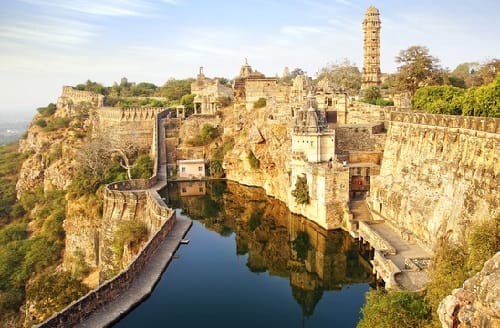
The eclectic design of the forts, some up to twenty kilometers in circumference, bears testimony to the facility of the Rajput princely states that flourished within the region from the eighth to the eighteenth centuries
Engulfed among defensive walls area unit major urban centers, palaces, mercantilism centers associate degreed alternative buildings as well as temples that usually predate the fortifications among that developed an elaborate stately culture that supported learning, music, and also the arts. a number of the urban centers engulfed within the fortifications have survived, as have several of the site’s temples and alternative sacred buildings.
They conjointly feature intensive water gathering structures, mostly still in use these days.
- The historic city of Ahmedabad
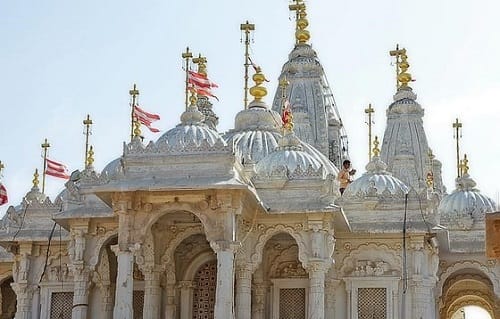
The walled town of Ahmadabad, based by swayer Ahmad monarch within the fifteenth century, on the Japanese bank of the Sabarmati watercourse, presents itself as one of the UNESCO World Heritage Sites in India, notably the Bhadra bastion, the walls and gates of the Fort town, and various mosques and tombs similarly as necessary Hindu and Jain temples of later periods.
The urban cloth is created of densely-packed ancient homes (pols) in gated ancient streets with characteristic options like bird feeders, public wells, and non-secular establishments. The town continued to flourish because of the capital of the State of Gujarat for 6 centuries, up to this.
- Humayun’s Tomb, Delhi
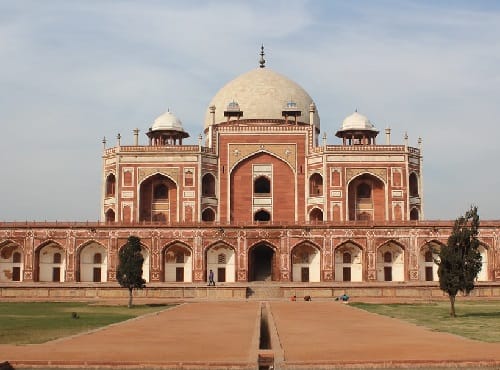
Built-in 1570, the topographic point and its close structures ar well in their original state, and interventions are minimal and of prime quality. Conservation works being administrated on the structures ar targeted on victimization ancient materials like lime mortar, building tools, and techniques to recover believability particularly by removal of twentieth-century materials like the concrete layers from the roof and replacement by lime-concrete, removal of cement plaster from the lower cells and replacement with lime mortar in original patterns and concrete removal from the lower platform to reveal and reset the first stone paving, among alternative similar efforts.
- Jaipur city, Rajasthan
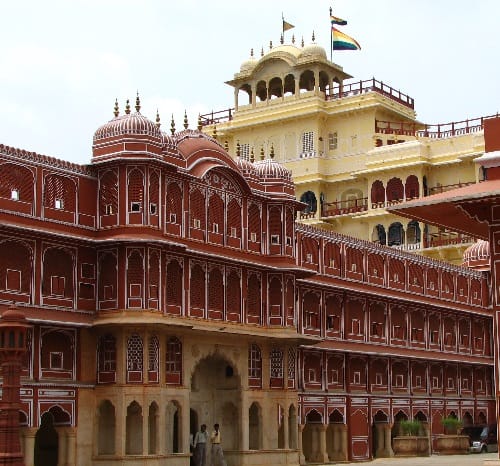
As one of the UNESCO World Heritage Sites in India, the city shows a mixed view of urban, Early Modern Mughal as well as Western cultures. Jaipur was mainly known for the brightness of Vedic literature. The streets have uniform facades and the city portrays itself in like the commercial as well as an architectural way. The streets show business and the main roads are filled with markets, temples, and residences.
- Khajuraho Group OF Monuments
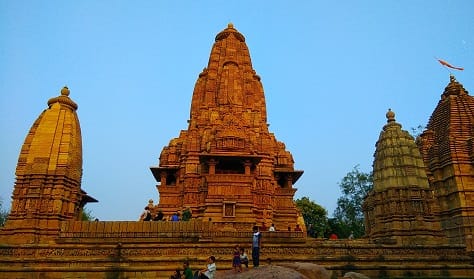
The Khajuraho group of monuments, famous for temples and reached a height in 950-1050. Now, there are only 20 temples left that to being divided under Hinduism and Jainism. The temples show beautiful sculptures and architecture. The amazing masterpieces are found at the temple of Kandariya.
- Mahabodhi Temple Complex at Bodhgaya
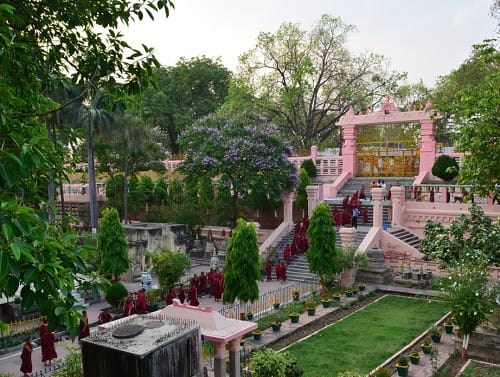
The complex is related to the life of Buddha, his path of Enlightenment. It is one of the earliest UNESCO World Heritage Sites in India, built by emperor Ashoka which is still standing straight since the last Gupta period.
- Mountain Railways of India
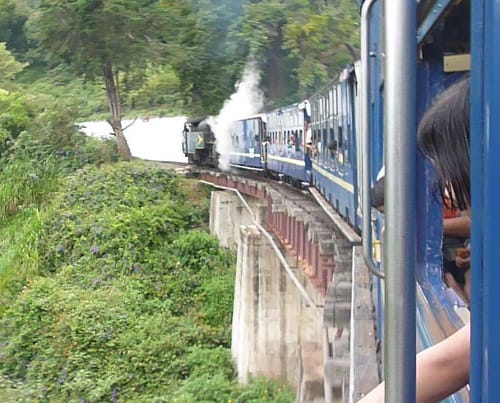
This UNESCO World Heritage Site in India includes 3 railways. Opened in 1881, its style applies daring and ingenious engineering solutions to the matter of creating an efficient rail link across a mountainous parcel of land of nice beauty.
- Qutb Minar and its Monuments
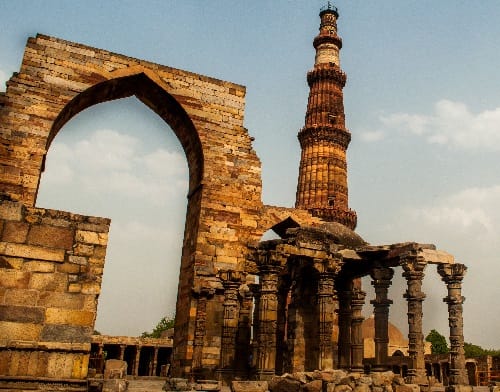
Another and the important UNESCO World Heritage Sites in India is Qutb Minar, built-in the first thirteenth century many kilometers south of the city, the red arenaceous rock tower is the oldest in the northern Republic of India, designed of materials reused from some twenty Brahman temples.
- Rani-ki-Vav
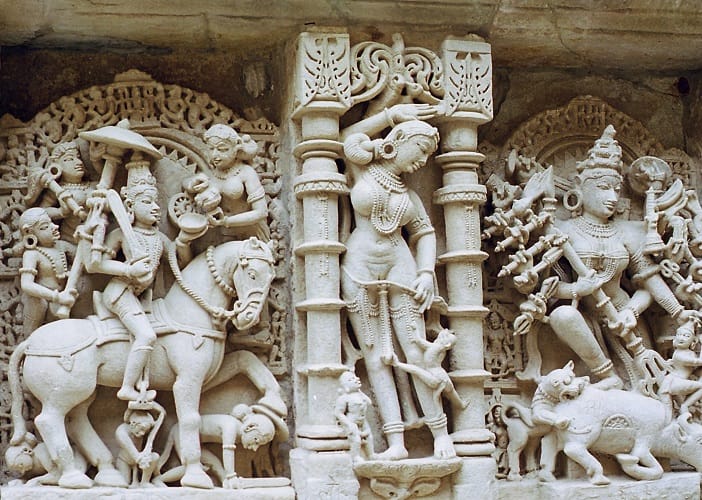
Rani-ki-Vav one of the UNESCO World Heritage Sites in India, on the banks of the Saraswati stream, was ab initio engineered as a memorial to a king within the eleventh century AD. Stepwells area unit a particular variety of subterranean water resource and storage systems on the Indian landmass, and are made since the third millennium BC.
They evolved from what was essentially a pit in sandy soil towards elaborate multi-story works of art and design.
Designed as AN inverted temple lightness the holiness of water, it’s divided into seven levels of stairs with sculptural panels of high creative quality; over five hundred principle sculptures and over one thousand minor ones mix spiritual, mythological, and profane representational process, usually referencing literary works.
The fourth level is that the deepest and leads into an oblong tank nine.5 m by 9.4 m, at a depth of twenty-three m. The well is found at the west finish of the property and consists of a shaft ten m in diameter and thirty m deep.
- Red Fort
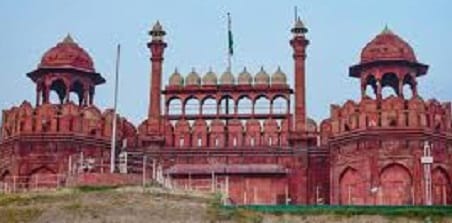
The Red Fort complicated because of the palace fort of Shahjahanabad – the new capital of the fifth Mughal Emperor of an Asian country, Shah Jahan. Named for its large enclosure walls of red arenaceous rock, it’s adjacent to associate older fort, the Salimgarh, designed by Islam Shah of Iran Suri in 1546, with that it forms the Red Fort complicated. The non-public residences carry with it a row of pavilions connected by an eternal water channel, referred to as the Nahr-i-Behisht.
- Rock shelters of Bhimbetka
The Rock Shelters of Bhimbetka area, UNESCO World Heritage Sites in India is inside large arenaceous rock outcrops, higher than relatively dense forest, area unit 5 clusters of natural rock shelters, displaying paintings that seem thus far from the Mesolithic amount all over to the period. The cultural traditions of the inhabitants of the twenty-one villages adjacent to the location bear a powerful alikeness to those delineated within the rock paintings.
- Sun Temple
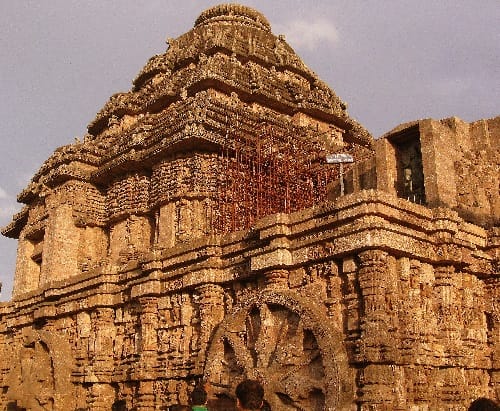
The temple at Konarak could be a monumental illustration of the sun god Surya’s chariot; its twenty-four wheels square measure embellished with symbolic styles and it’s semiconductor diode by a team of six horses. in-built the thirteenth century, it’s one among India’s most illustrious UNESCO World Heritage Sites in India.
- Taj Mahal
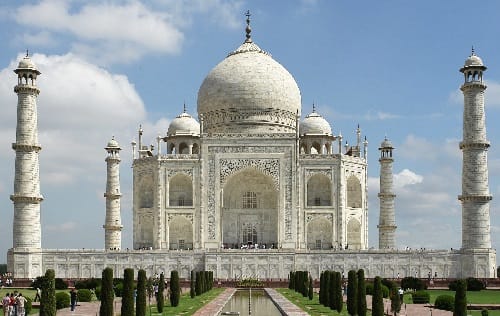
A large sepulture of white marble, an inbuilt city by Shah Jahan. the place that was built for his love and is said to be the prettiest UNESCO World Heritage Sites in India. The jewel of Muslim art in Asian nations and one in every of the universally loved masterpieces of the world’s heritage. in history, it has also been said that no labor or no person could ever build such a pretty place after Shah Jahan. indeed, the prettiest place someone would ever visit.
- Jantar Mantar
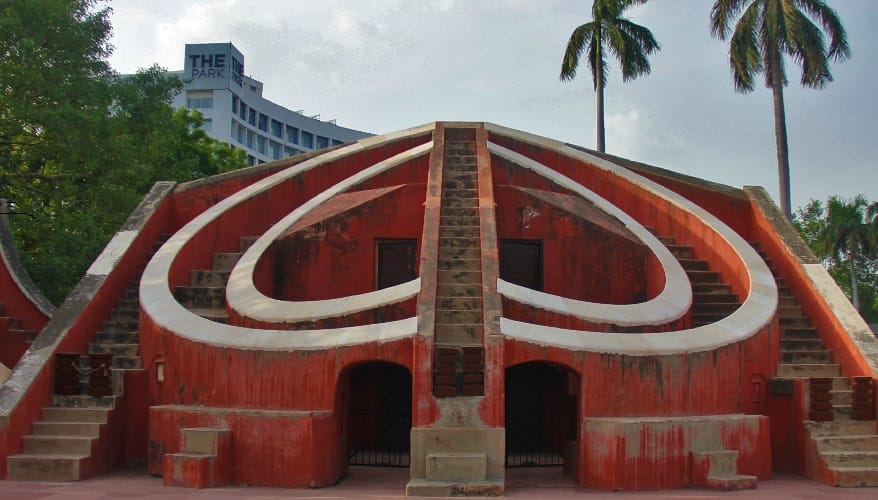
UNESCO World Heritage Sites in India,the Jantar Mantar, in Jaipur, is an Associate in Nursing astronomical observation website in-built the first eighteenth century. It includes a group of some twenty main fastened instruments. They’re monumental examples in masonry of celebrated instruments however that in several cases have specific characteristics of their own.
This is often the foremost important, most comprehensive, and also the best-preserved of UNESCO World Heritage Sites in India’s historic observatories. It’s Associate in Nursing expression of the astronomical skills and cosmological ideas of the court of a bookish aristocrat at the tip of the Mughal amount.
- Victorian gothic and art deco ensembles of Mumbai
- The architectural work of le Corbusier, an outstanding contribution to the modern movement
25. Fatehpur Sikri
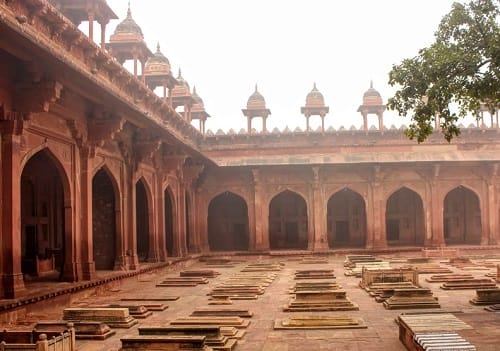
UNESCO World Heritage Sites in India, the city of success was the capital of the Mughal Empire for fewer than some 13 years (i.e1571-1584). The advancement of monuments and temples, all in a standardized kind of design, includes one in all the largest mosques in the associate Asian nation, the Jama house of God. variety of the very important buildings throughout this city, every non and lay are:
- ) Buland Darwaza
- ) spot of Ilich Ramirez Sanchez Chisti
- ) Diwan-i-Aam
- ) Diwan-Khas
- ) Ibadat Khana
- ) Panch Mahal
- ) Hiran Minar
- ) Naubat Khana
- Ellora Caves
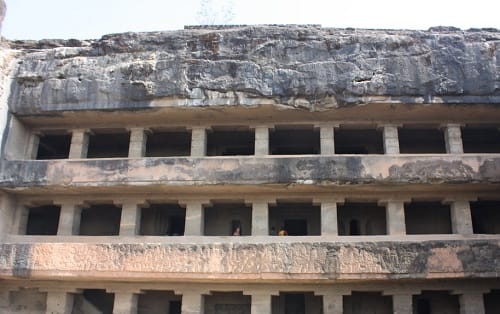
With a widespread area comprising of cardinal monasteries and temples, extending over to over a try of a km, that was mamma aspect by aspect inside the wall of a high igneous rock drop, shortly from Aurangabad, within the nation-state. Ellora, with its uninterrupted sequence of monuments analysis from A.D. 600 to at least it’s one thousand, brings the civilization of ancient Asian nation to life.
- Elephanta Caves
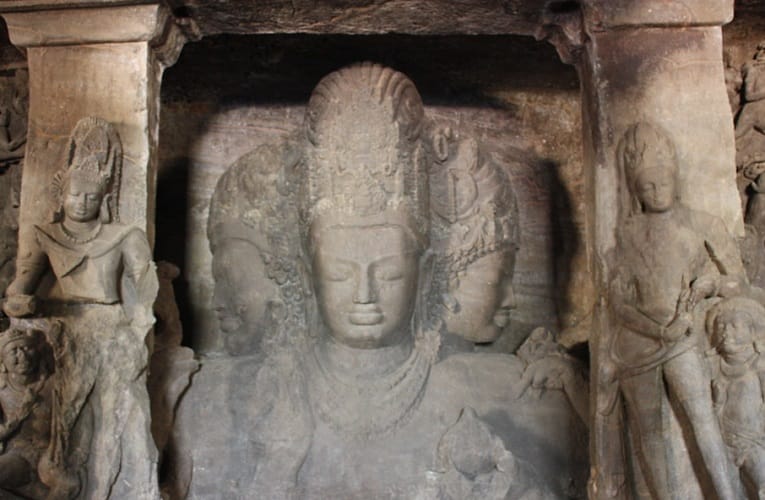
The ‘City of Caves’, UNESCO World Heritage Sites in India on the associate island inside the ocean of Asian nation on the brink of town, contains a collection of rock art joined to the cult of Shiva. Here, Indian art has found one all told its paramount expressions, considering the huge high reliefs inside the most cave. These caves square measure a combination of aesthetic beauty and sculptural art, replete with respondent Rasas, have reached associate apogee. Hindu spiritualist beliefs and symbology square measure finely utilized inside the general developing within the caves.
28. Champaner-Pavagadh-Archaeological Park
29. Churches and Convents of Goa
30.Chatrapati Shivaji Terminus
This high Gothic Victorian landmark is the centrepiece of the city’s community train network. This UNESCO World Heritage website excluding being one amongst the foremost necessary monuments in Bombay is additionally extraordinarily necessary regarding commutation among the town and on the far side. it’s become Associate in Nursing indivisible a part of the individuals of Bombay because the station operates each community and long-distance trains. This splendid terminus is the headquarters of the Central Railways in Asian countries and is one of the busiest stations of the state.
